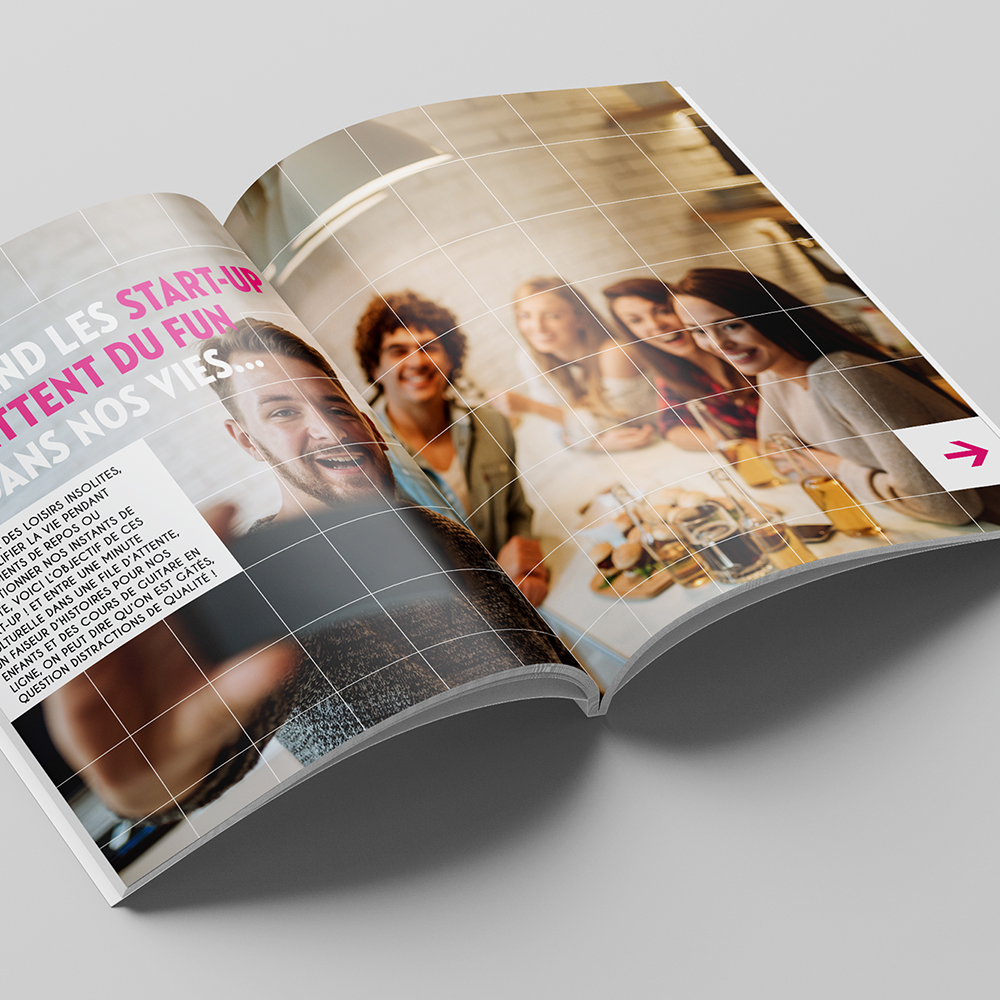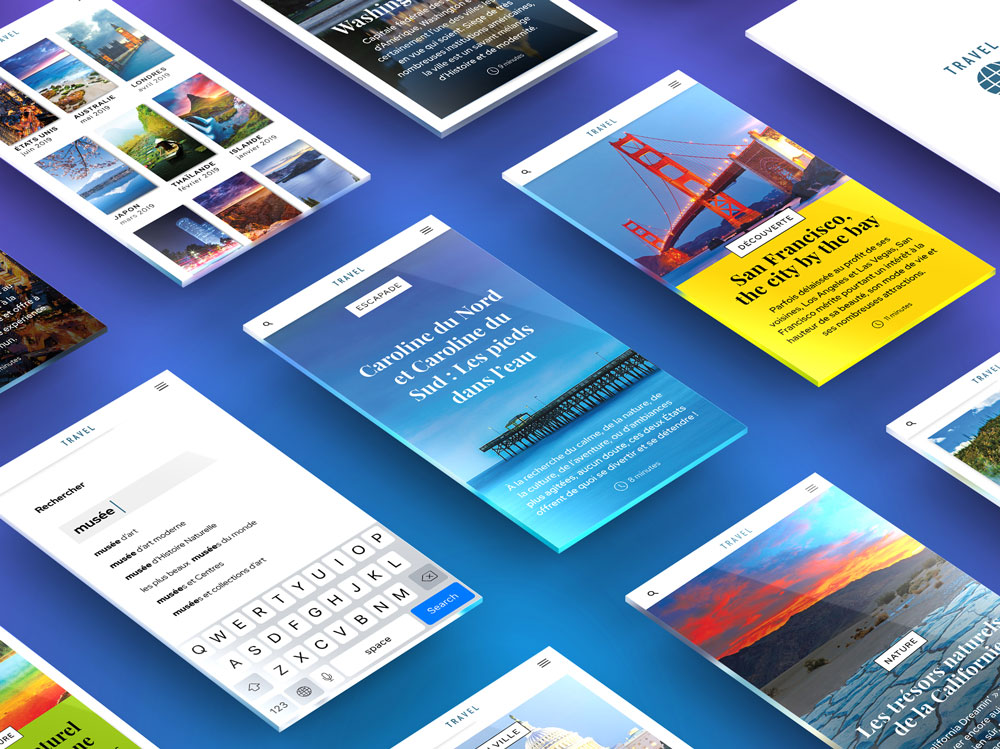Contrary the popular opinion, the numbers show that print is still relevant in the digital era. However, it must adapt itself to the ongoing revolution and the new ways of consuming information.
-
The reader is changing
While booklovers and bibliophiles still love print editions, the “new generation” - grown up with computers, iPods and other handheld devices - is already passing over print for electronic alternatives. Also, there is no point in pretending that it is not happening: people have made substantial changes in their daily lives and do the majority of their reading online. Today’s readers like to interact, share their activities with others and want things instantaneously.
-
New ways for consuming information
The digital revolution has changed the way people buy and consume information, offering a whole new possibilities. • The electronic format allows for a shift towards a more personalized customer-centric organisation and interactions with the readers (QR code, AR, AI…), reducing the gap between print and digital, creating new and unique experiences • Internet nurtures communities of interest and discussions boards that attract readers, questioning the ad-based business model that might not fit anymore • Design is evolving towards an intuitive, less traditional linear layouts; bookazines are trending, turning the magazine format into a high-quality curated content • Streaming, podcasts and video are some of the innumerable ways of revitalizing the written media, reconnecting with the readers' senses
-
An ultime challenge
Books, newspapers, magazines… what is common in these three print industries is that they are suffering from a crisis of identity. The electronic format, available in the web or tablets and smartphones, led to questions about their core concept. The shift from traditional to digital has proved to be a success for some publications (Wired, The New Yorker and others) and has obliged publishers to adapt their products. This ultime challenge that has been changing the industry involves technological innovation and modification of our mental models. The futur of publishing is still waiting to be invented.
-
Showcase: Travel magazines/Magazine app
As a Lead Art Director, I had the chance to design magazines and books. Many times I have been asking myself if print medias were here to stay. It can be compared to the arrival of the TV in the 1950', menacing the utility of the radio. But the radio has reinvented itself, adapting through time and different technologies, continuing to be a relevant communication tool. Same goes for print: success is possible through adaption of digital tools, rather than resisting them. Designing luxury travel magazines was a great chance to try to imagine the next step: how can machine learning contribute to stickiness? What is the best way to use design solutions so that the shift from print to digital provides the best reading experience?
-
Resources
https://whatsnewinpublishing.com http://lisathetangerine.github.io https://medium.com/@chrscaio/the-future-of-print-media https://www.printpower.eu/insight/publishing-and-printing-experts-share-their-print-media-advertising-predictions-2022/









